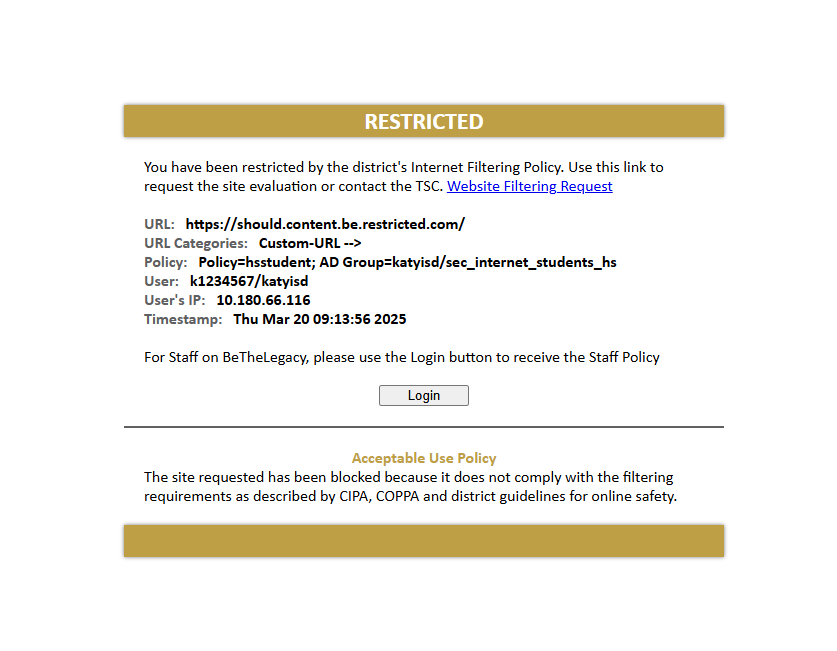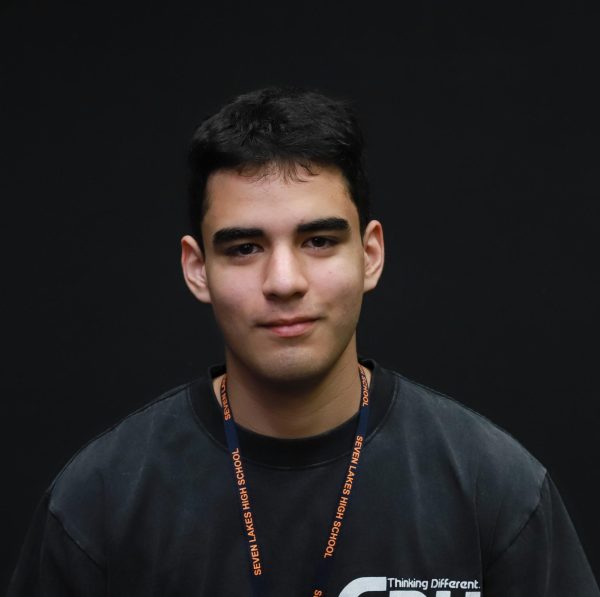High school is a time when students grapple with complex ideas, develop their viewpoints, and prepare to navigate the broader world. Restricting content too heavily during this phase risks suppressing their intellectual curiosity and critical thinking abilities. Exposure to a wide range of ideas– whether challenging societal norms, provoking debate, or sparking curiosity – is vital for fostering well-rounded and informed individuals. After all, how can young minds learn to evaluate and question the world around them if they’re shielded from its realities?
That said, some level of content moderation is undeniably necessary, especially when it comes to protecting students from material that is explicitly harmful or age-inappropriate. Balancing this moderation without tipping into over-restriction is key. Schools and educators have a responsibility to ensure students are exposed to diverse perspectives while creating a safe and supportive environment. This includes providing context for challenging material, encouraging healthy dialogue, and guiding students as they process complex issues.
Ultimately, the goal shouldn’t be to shield high schoolers from all potentially controversial topics but to equip them with the tools to engage with these topics thoughtfully. By teaching students how to critically analyze content, distinguish fact from misinformation, and approach differing viewpoints with empathy, we prepare them not just for exams but for life as informed, responsible global citizens.
Exposure to diverse perspectives prepares students for the complexities of the adult world. The real world is not filtered, and by engaging with a variety of content, students can better understand different viewpoints and cultural contexts. A wide range of content can spark curiosity and inspire students to explore new ideas and subjects. Curiosity drives learning and innovation, by allowing students to explore diverse content we encourage them to see different viewpoints and opinions that can expand their learning.
For instance, a controversial historical event can be discussed with guidance from a teacher to help students grasp its significance and implications. Open discussions about controversial topics can promote empathy and understanding. When students are encouraged to express their views and listen to others, they develop important social skills and learn the value of respectful debate. Teachers can guide students as they navigate topics in which they have some difficulty ensuring that they are not overwhelmed with information and this would be helpful in lower levels like middle schoolers and also underclassmen in high school.
Ultimately, the goal shouldn’t be to shield students from potential controversial topics but to equip them with the tools to engage with these topics thoughtfully. By teaching students how to critically analyze content, distinguish fact from misinformation, and approach differing viewpoints, we prepare them for more than just class but for life in general.



